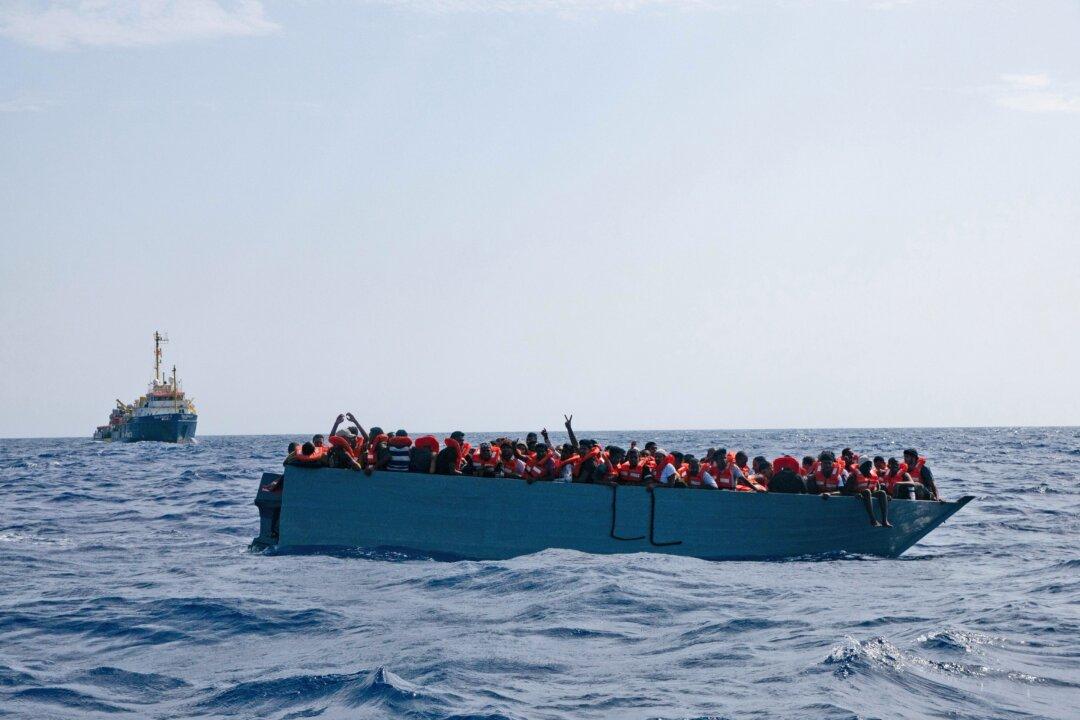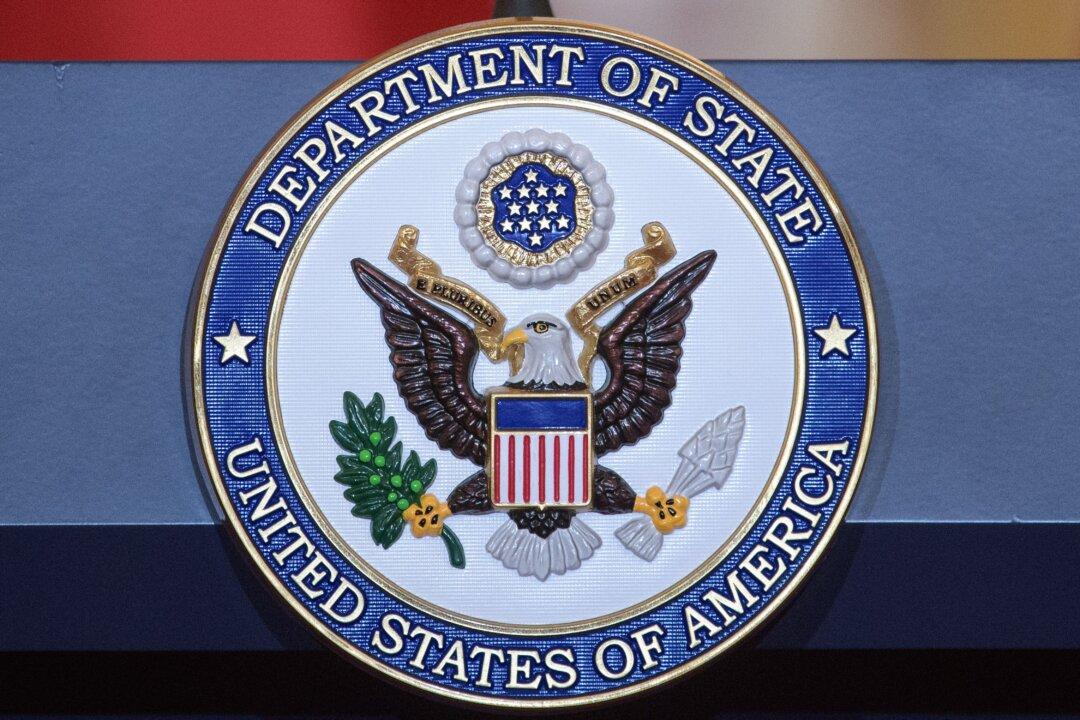NEW YORK—Polish President Andrzej Duda met with President Donald Trump before the opening of the 74th United Nations General Assembly, and the two leaders signed a Joint Declaration on Advancing Defense Cooperation, which enables an expanded U.S. military presence in Poland.
The declaration builds on the premise of a prior cooperation agreement, signed in June, which placed about 4,500 military personnel in Polish territory. That number will grow by about 1,000 in the near-term, according to the declaration signed in June.





